
Janpath: A people’s path now forgotten
The history of Janpath is older than you or me. Older than modern Delhi itself, in some ways. Once the beating heart of Lutyens’ Delhi, Janpath was more than a road—it was a rhythm. A pulsating, living artery of craft, culture, and commerce that brought together locals, domestic tourists, international backpackers, and curious drifters, all drawn to its kinetic charm. If Delhi was a body, Janpath was the nerve that lit it up.
The name Janpath—literally, The People’s Path—wasn’t just poetic branding. It was an ethos. In a city known for high walls, power corridors, and social silos, Janpath was democratic. You could be a diplomat’s daughter or a first-time traveller with a shoestring budget, and you’d still end up sipping cold coffee from Depaul’s and buying a pair of handmade earrings from a Rajasthani vendor who’d swear they were silver. Everyone bargained. Everyone lingered. Everyone returned.
Before it became Janpath, the road was part of Queen’s Way during the British Raj, constructed as a ceremonial boulevard alongside the grand Central Vista. But while Rajpath (now Kartavya Path) stayed tethered to officialdom, its sister street—Janpath—broke free. It became the people’s republic of small pleasures.
Each kiosk on Janpath was a time capsule of regional identity. Gujarat sent its mirrorwork. Kashmir sent its pashmina. Nagaland sent beads and cane. Rajasthan sent block prints. West Bengal sent terracotta. Everything that you’d otherwise need to travel the country to collect—Janpath brought it all to one crowded street. It was India’s pop-up museum of the handmade, the homespun, the street-smart.
My association with Delhi—and with Janpath—is older than I am. My parents lived in Delhi in the ’60s, and we returned each year during the school holidays. Some of my earliest memories involve the scent of sandalwood wafting through the stalls, the gleam of copper bells, the feel of cotton kurtis hanging loosely on metal rods, and the sound of languages—so many languages—mingling in the air. Later, as a student at Delhi University, Janpath became a ritual. A midweek escape. A happy place. We’d hop on a bus with 20 rupees in our pockets and the whole day ahead. Wandering. Laughing. Browsing. Then ending the day with a snack from a nondescript joint or a creamy cold coffee from Depaul’s, which, like Janpath itself, seemed to never change.
Years later, as Managing Editor of India Now, the India Brand Equity Foundation’s flagship publication, I had the chance to walk those lanes again—but this time professionally. I was reporting a feature story on legacy markets of Delhi and their role in India’s cultural soft power.
Naturally, Janpath was on the list. I retraced my steps through the market, unearthing generational tales from each store. It was a walk down memory lane—with a journalist’s notepad in hand.
Stories of a grandfather or great-grandfather setting up shop when the market came up, of ministers’ wives and international dignitaries in search of “authentic India”, and of tourists from across the world came pouring out. It took me several visits to Janpath to piece their stories. I remember scribbling notes furiously while sipping Depaul’s iconic coffee and thinking: this place deserves to be on the world map.
But something had already started to slip even then. The store owners also spoke of declining footsteps and revenue.
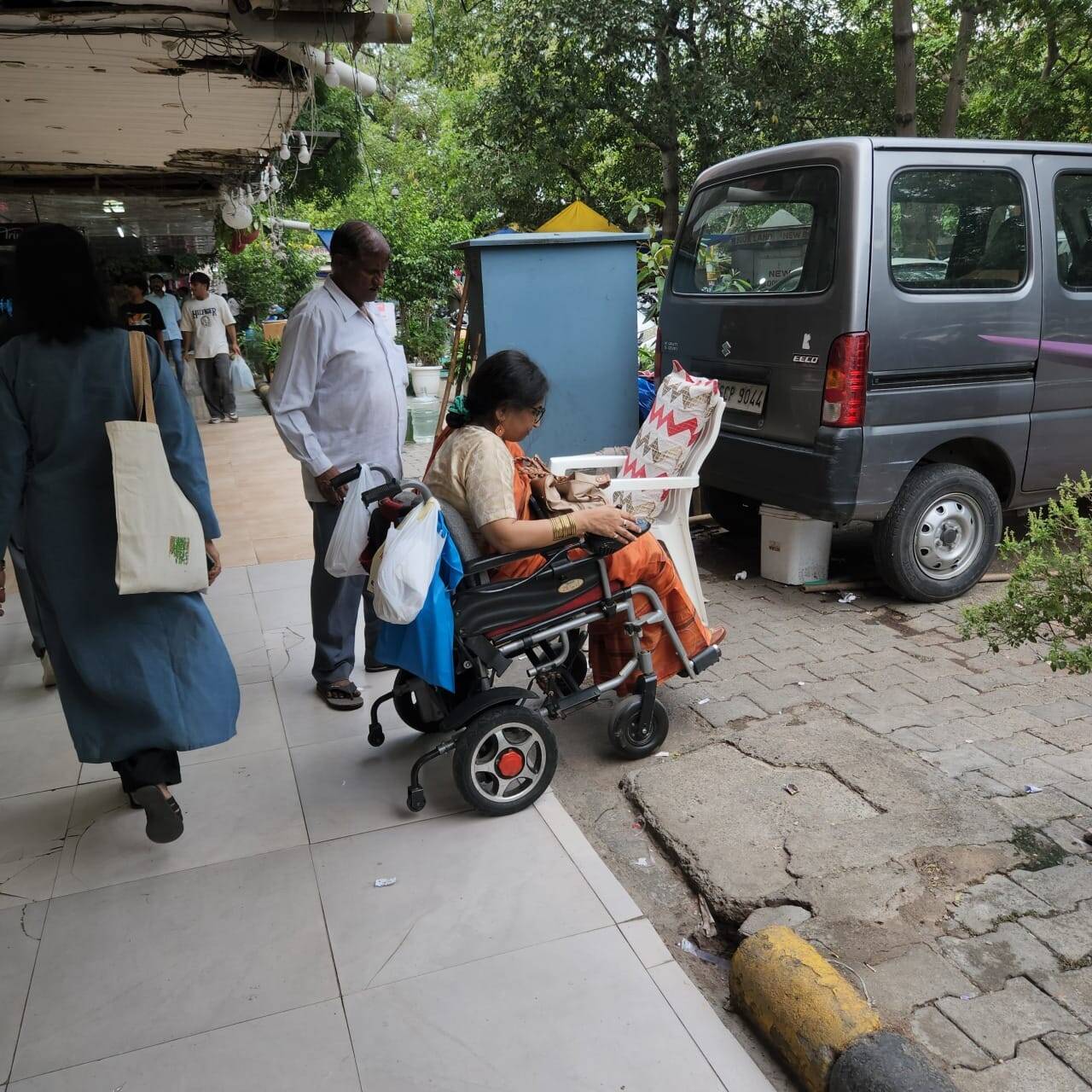
Then came the silence. Not the silence of nostalgia, but of absence. My sojourns to Janpath ended abruptly when I became a wheelchair user.
A broken footpath, a single step, a crowded walkway—these small obstacles become walls when you move on wheels. Inaccessibility crept in like a slow disease. Not because Janpath had changed all at once, but because the city hadn’t cared to change with me. Delhi has always had a complicated relationship with accessibility—beautiful on the surface, brutal beneath it.
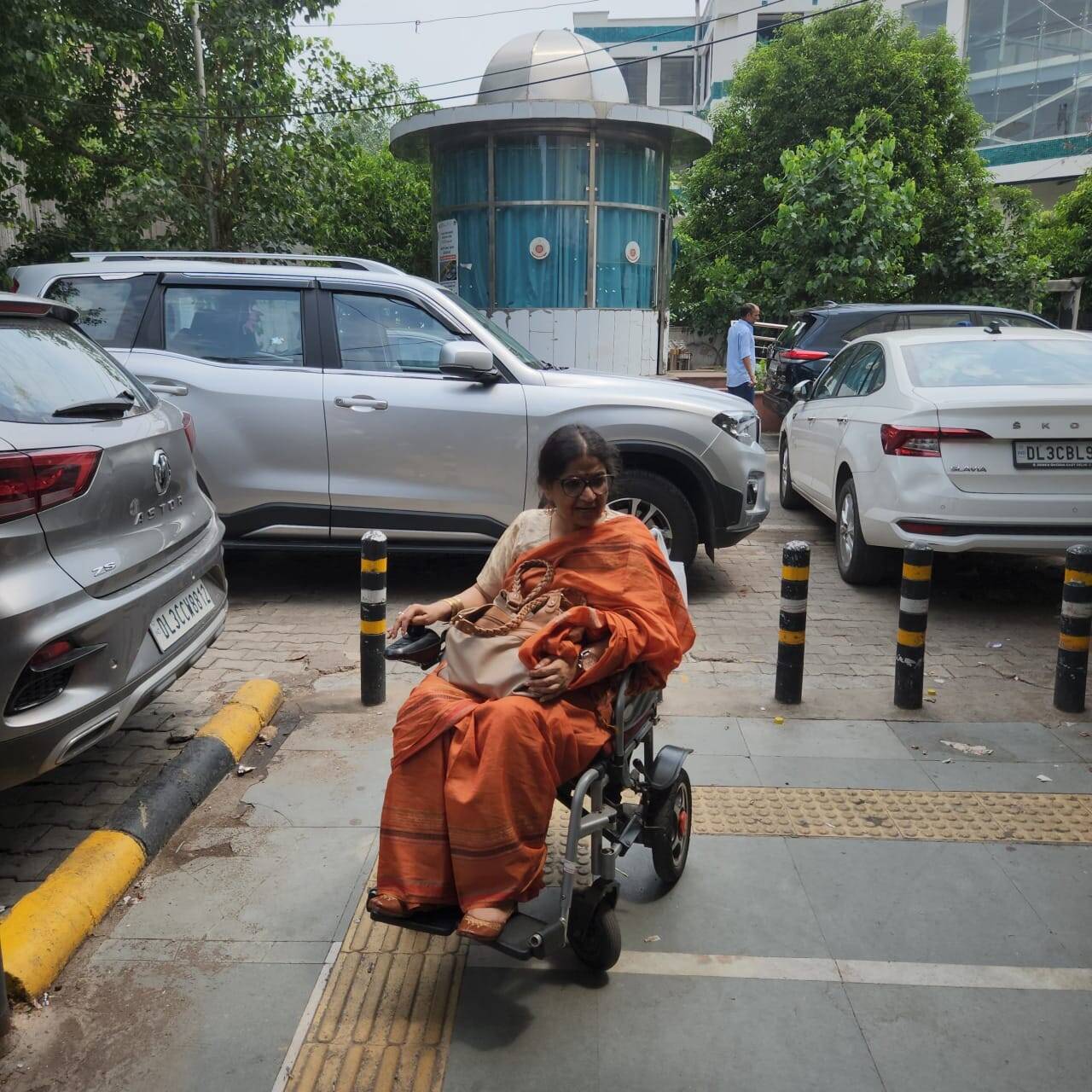
And yet, my love endured. Like many things in life, it became long-distance. I’d drive by Janpath just to feel close. I’d leave the engine running while my driver dashed into Depaul’s for my regular. I’d sit parked illegally, scanning for traffic cops, heart swelling with the familiar noise and scent of that place. A fragment of a former routine—but one that kept the memory alive.
Because Janpath was still alive.
Until it wasn’t.
I visited recently. I wheeled in with hope—and yes, I ended up shopping. I found those handcrafted juttis you never find online. I haggled over oxidized jewellery.
I tried on funky trendy and dirt cheap shades at the same stall I’d known all my life.
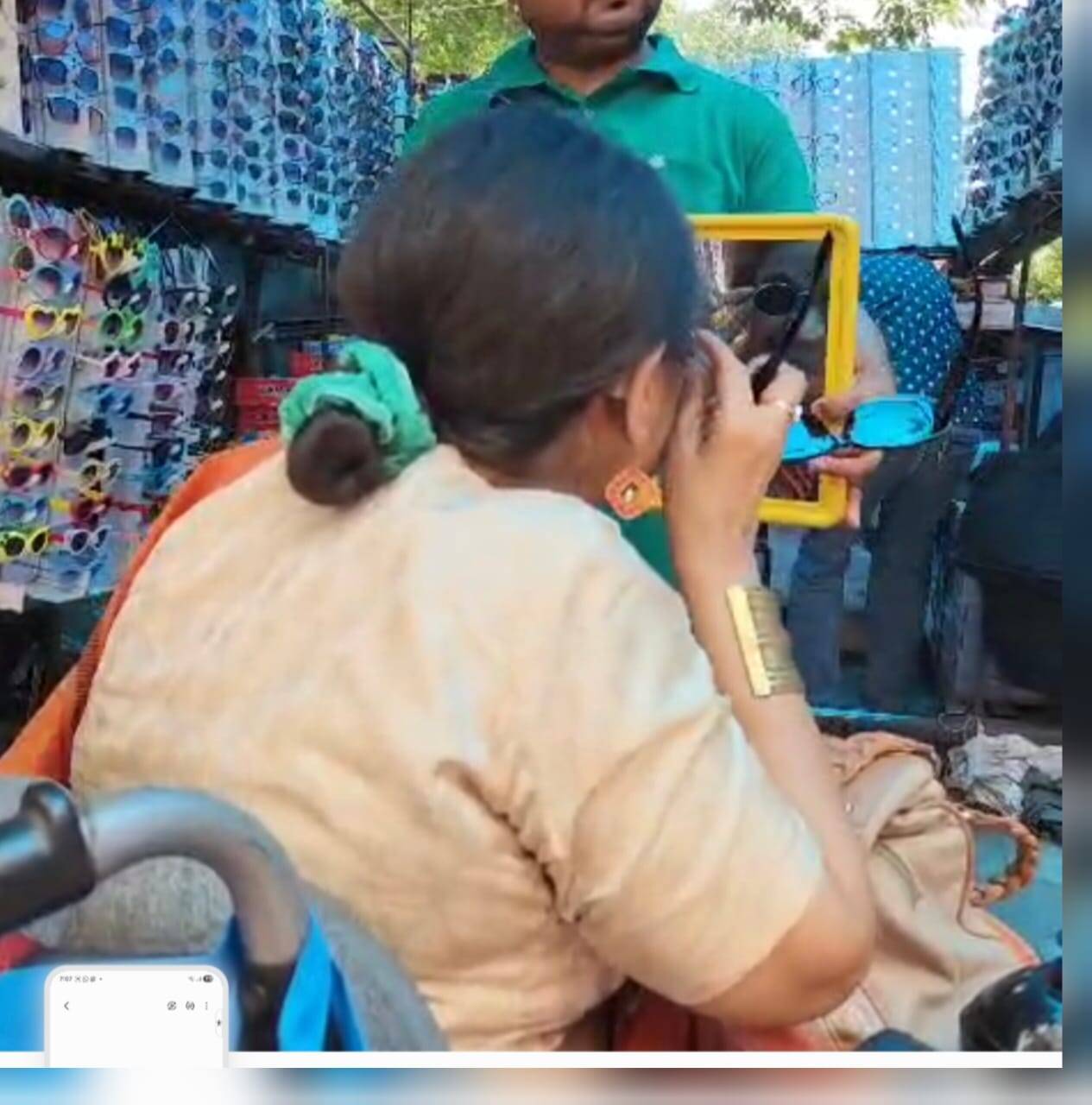
It was a hot, muggy day, but the joy was real. And I still ended the visit with a cold coffee, thick with nostalgia and slightly over-sweet.
But something had shifted.
The iconic bookstore in Janpath’s cul-de-sac corner–now a closed chapter. Several stalls—gone. Whole sections—dusty, dirty and dead. Piles of garbage waiting forlornly. Janpath now wears decay like a borrowed coat.
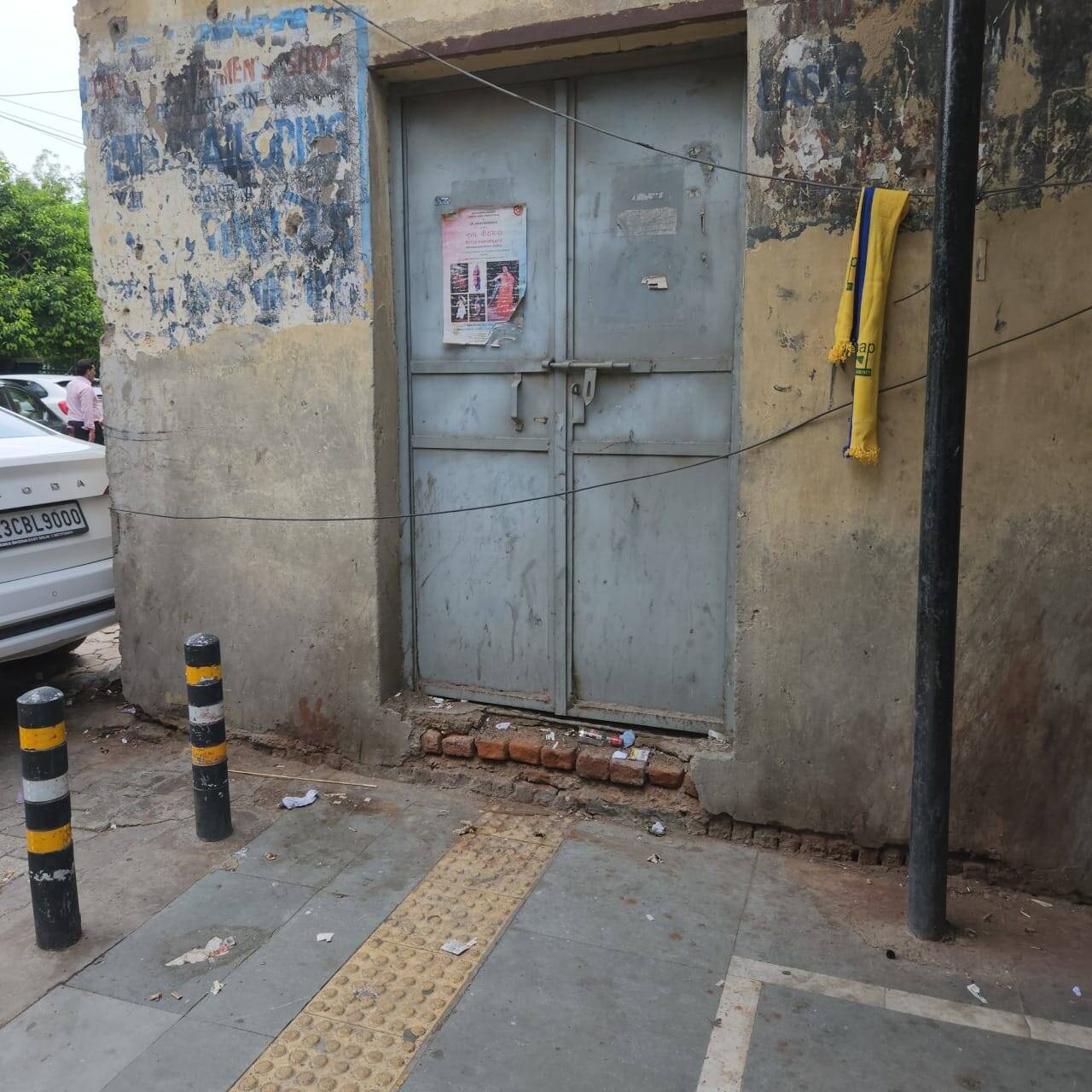
The grit that once gave it character now just feels like neglect. What was once a wild, colourful jungle of creativity now feels like a museum no one curates. A place caught between its legacy and its future, waiting for someone to care.
A makeover is no longer a matter of taste—it’s a matter of survival.
Because cities have short memories, and public spaces don’t preserve themselves. Once lost, Janpath won’t come back in the same form. And if we’re not careful, we’ll wake up one day to find it replaced by some sanitised arcade that sells nothing handmade, tells no stories, and caters to no one except global brands and real estate profits.
And accessibility? Perish the thought. Someone has attempted a tactile path—but it’s as if the contractor installed it with their eyes closed. It winds awkwardly through the market—starting nowhere, ending nowhere. It loops awkwardly around obstacles, and ends in a dead end – a closed door literally. A tragicomic token gesture, more insult than inclusion. It’s not just about wheelchair access; it’s about dignity. About making sure everyone can participate in the city’s pleasures.
We can wait a little longer for Sugamya Bharat. But can we at least get a Swachh Bharat in the meantime? Clean streets. Working drains. Thoughtful footpaths. Basic respect.
Janpath was never about perfection. It was about possibility. About bumping into strangers, discovering something unexpected, and walking away with more than you bargained for. It was—and still can be—a space where culture is lived, not just displayed.
Today, it stands on the edge.
Beloved Janpath, I rue your ruin. But I haven’t given up on you yet. You gave us so much—memories, music, mayhem, and meaning. You were our informal embassy of Indian identity. A market of the people. A street of stories.
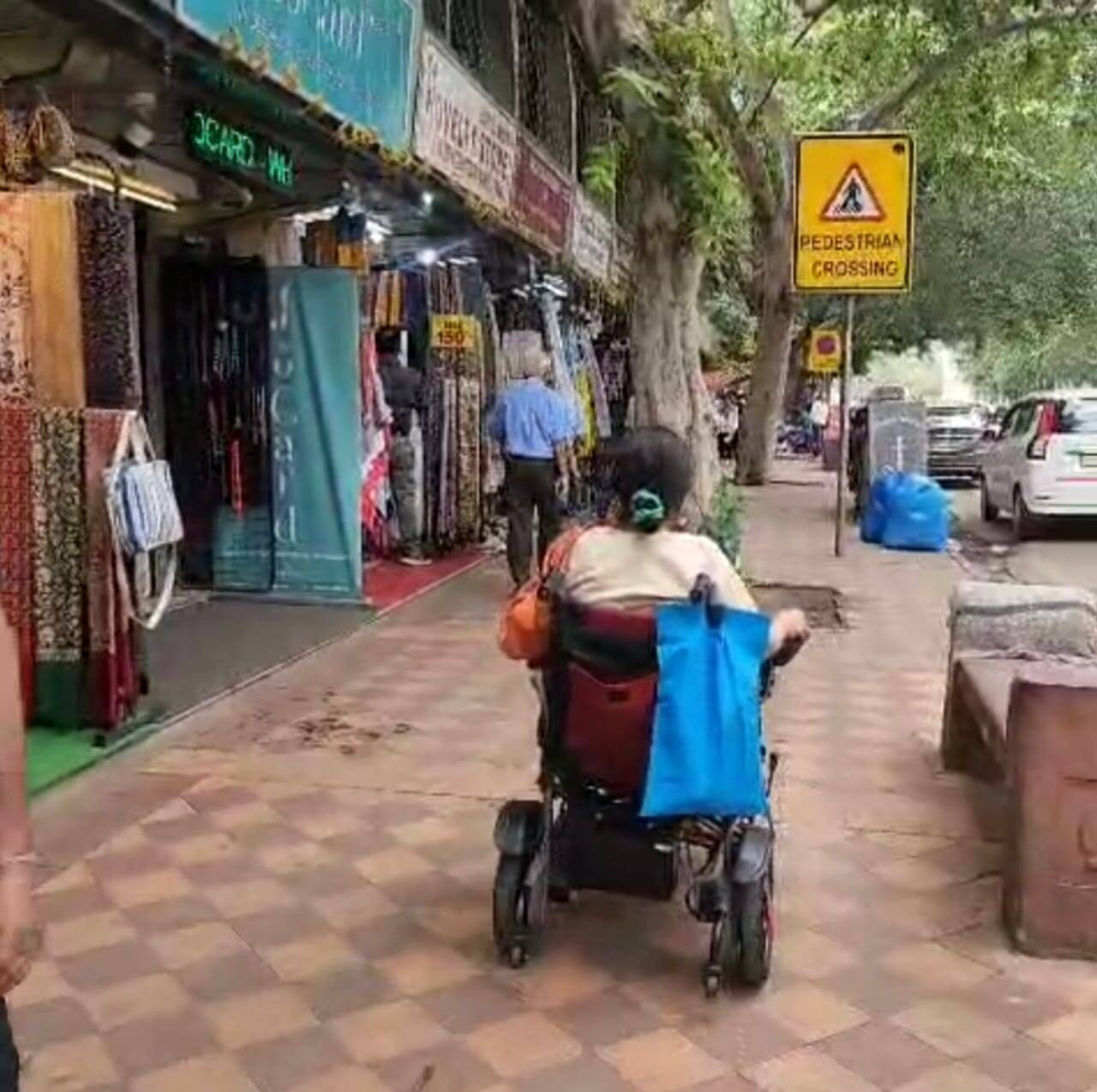
Thank you—for a happy day. For many happy days.
Nostalgia works like dopamine. But preservation works like love.
Let’s show Janpath some. Before it’s too late.
Disclaimer
Views expressed above are the author’s own.
END OF ARTICLE